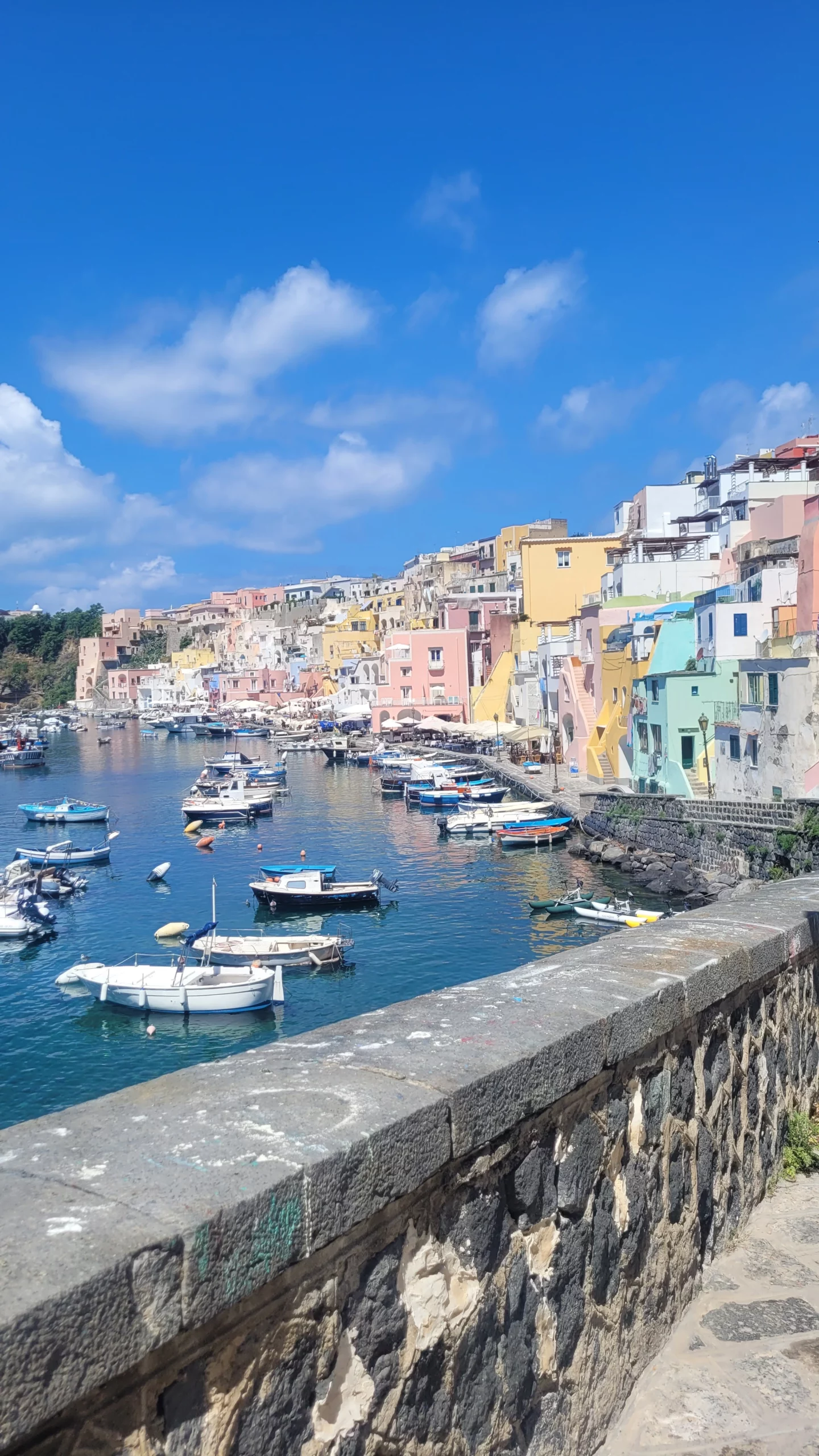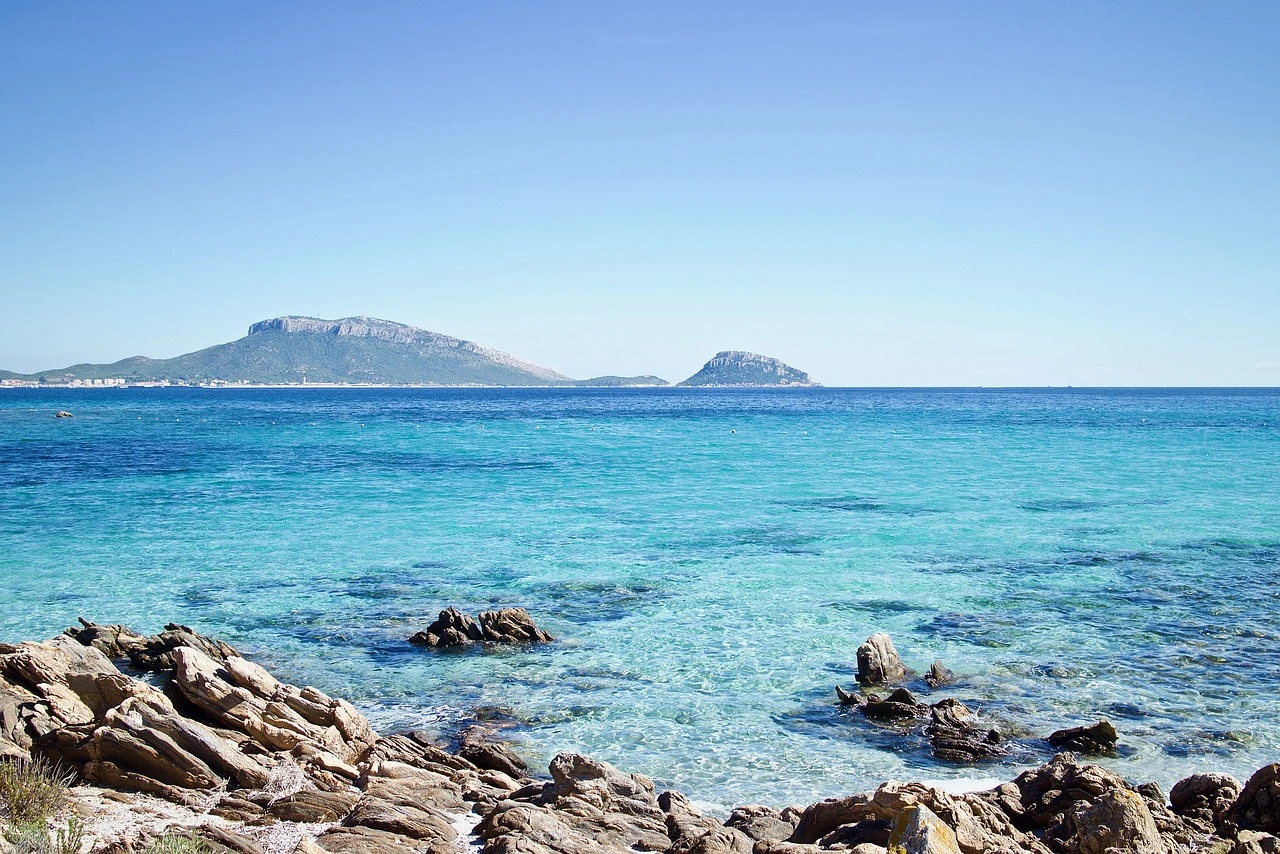In recent years, the concept of purchasing houses in Italy for just €1 has garnered significant attention, attracting both dreamers and international investors eager to establish a foothold in Italy. But are these €1 homes truly a bargain, or do they come with unforeseen challenges?
This guide aims to shed light on the realities of the €1 house initiative, providing you with the insights needed to make an informed decision.
- The 1 euro house project in Italy: Origin and Purpose
- Ownership and Acquisition: Who Owns These Homes?
- Financial Considerations: Beyond the €1 Price Tag
- Suitability and Eligibility
- Popular Regions for €1 Homes
- Restoration and Renovation Requirements
- So, Are €1 Houses in Italy Your Italian Dream?
The €1 House Project in Italy: Origins and Purpose
The concept of 1 euro houses in Italy has gained significant attention in recent years, with many potential buyers seeking to purchase a home in a small town or village at a symbolic price. The initiative, which aims to revitalize small abandoned centres and reclaim cultural identity, has been implemented in various municipalities across the country.
Buyers can find 1 euro houses for sale in towns such as Mussomeli, Sambuca, and Ollolai, among others. The program is not only an opportunity for individuals to own a holiday home in Italy but also a chance to be part of a larger project to preserve the country’s cultural heritage and historical buildings.
The €1 house initiative began in 2009 in Gangi, Sicily, spearheaded by the town’s mayor to address several pressing issues:
- Renovating Abandoned Properties: Many homes were in disrepair, posing safety hazards and financial burdens on the municipality.
- Combating Rural Depopulation: As residents migrated to urban areas for better services and job opportunities, villages like Gangi faced declining populations.
- Stimulating Economic and Demographic Growth: By attracting new residents and investments, the project aimed to rejuvenate local economies.
Various Italian towns are actively selling vacant or unclaimed houses for €1 to attract new homeowners and revitalize abandoned areas. The success in Gangi inspired over 40 other Italian municipalities to adopt similar programs, with the concept even spreading to countries like France, Spain, and the UK.
Ownership and Acquisition: Who Owns These Homes?
Typically, these €1 homes are privately owned properties that have been neglected due to owners’ inability or unwillingness to maintain them. Despite abandonment, owners remain liable for property taxes, prompting many to sell or transfer ownership to municipalities to alleviate financial burdens.
How to Purchase a €1 Home in Italy
To explore available properties, visit casea1euro.it. Each participating municipality has its own set of criteria and procedures. For instance, in Altavilla Silentina, prospective buyers must:
- Submit an Expression of Interest: Indicate your intent to purchase and renovate the property.
- Cover Associated Costs: This includes notary fees, taxes, and other expenses related to the property transfer, typically within two months.
- Present a Renovation Plan: Within three months of purchase, submit a detailed renovation plan for municipal approval.
- Provide a Financial Guarantee: A deposit (e.g., €2,000) may be required to ensure commitment to the renovation.
Some municipalities may also stipulate that buyers establish residency in the property.
Financial Considerations: Beyond the €1 Price Tag
While the initial cost is symbolic, buyers should anticipate additional spending beyond the €1 price tag:
- Notary Fees: Approximately €1,000 to €1,500.
- Renovation Plans: Around €3,500.
- Renovation Costs: Depending on the property’s condition, expect to spend between €500 and €1,500 per square meter.
For a 100 m² home, total costs can range from €55,000 to €155,000.
Available Incentives
To offset renovation expenses, the Italian government offers several incentives:
- Restoration Bonus: Tax deductions for restoration work.
- Renovation Bonus: 50% tax deduction on renovation expenses, up to €96,000.
- Furniture and Appliance Bonus: 50% tax deduction on purchases of furnishings and appliances for the renovated home.
In the future, if effective marketing and restoration efforts are implemented, there could be improved investment returns, making these incentives even more valuable.
Taxes and Fees Associated with Ownership
When purchasing a 1 euro house in Italy, buyers should be aware of the taxes and fees associated with ownership. These may include property taxes, income taxes, and other costs such as renovation fees and maintenance costs. The cost of renovations can range from €20,000 to €50,000, and buyers may also need to pay a “guarantee fee” to prove their commitment to improving the property.
Moreover, buyers should consider the cost of living in a small town in Italy, including expenses such as food, transportation, and utilities. It is essential to research and understand the specific requirements and costs associated with owning a 1 euro house in Italy to avoid any unexpected surprises.
Suitability and Eligibility
If you’re seeking a unique opportunity to restore a historic home in a quaint Italian village, this initiative could be ideal. The influx of young families has contributed significantly to the community’s growth and vibrancy, creating a welcoming and lively atmosphere.
However, if your goal is to establish a business like a B&B, consider the location carefully, as many of these homes are in remote areas with limited tourism infrastructure.
Who Can Buy?
Foreign nationals can participate, provided there’s a reciprocal agreement between Italy and their home country. Essential requirements include:
- Valid Identification: Passport or national ID.
- Italian Tax Code (Codice Fiscale): Necessary for all legal and financial transactions in Italy.
Also, it is crucial to speak some Italian, as many locals do not speak English. This will help in effective communication with contractors and residents, ensuring a smoother renovation process and respect for the local culture.
Popular Regions for €1 Homes
- Sicily: The birthplace of the initiative, with towns like Gangi, Mussomeli, and Sambuca di Sicilia actively participating. Living on an island like Sicily requires cultural adjustments, as the unique pace of life, often referred to as ‘island time,’ reflects a more laid-back lifestyle compared to mainland living.
- Sardinia: Offers opportunities in picturesque villages near the coast.
- Puglia: Towns like Taranto and Biccari provide options close to the sea and the countryside.
- Calabria: Northern areas like Bisignano and Rose are known for their artisanal traditions.
- Tuscany: Villages such as Fabbriche di Vergemoli and Montieri offer homes amidst stunning landscapes.
Restoration and Renovation Requirements
The restoration and renovation of 1 euro houses in Italy are a crucial aspect of the program. Buyers are required to submit a renovation project within a specified timeframe, usually two to 12 months, and start work within one year. The renovation process can be complex and time-consuming, and buyers should be prepared to invest time and money in restoring their property.
The cost of renovations can be relatively low, ranging from €20,000 to €50,000, and buyers may be able to take advantage of tax exemptions and other incentives offered by the Italian government. It is essential to work with local contractors and architects to ensure that the renovation project meets the specific requirements and regulations of the municipality.
So, Are €1 Houses in Italy Your Italian Dream?
Owning a home in Italy for just €1 sounds incredible, but it’s crucial to understand the commitment involved. Beyond the symbolic price, significant investment in renovation and dedication are required.
Here are the key points to remember:
- Projects aim to revitalize depopulated villages.
- Homes are typically abandoned private properties.
- Purchase requires renovation plans and financial guarantees.
- Expect substantial costs beyond the €1 (notary, renovation).
- Incentives and bonuses are available for renovation.
- Foreigners can buy, provided they have an Italian Tax Code.
- Popular regions include Sicily, Sardinia, and Puglia.
Successfully navigating the world of 1 Euro houses means doing your research, understanding the full financial picture, and being prepared for the renovation journey ahead. It’s a unique path to Italian homeownership, but one that demands careful consideration.
Frequently Asked Questions (Faq’s)
1-What additional costs should I anticipate?
Beyond the symbolic one-euro price tag on these one-euro homes, the fine print reveals the real investment. You’ll need to budget for notary fees (often €1,000-€1,500), architect/surveyor costs for renovation plans (around €3,500), and the significant expense of actually renovating the dilapidated buildings.
Renovation costs vary widely but typically range from €500 to €1,500 per square meter, depending on the condition of the property. Some municipalities also require a financial guarantee or security deposit, for example, around €2,000, to ensure you complete the work.
2-What are the conditions for purchasing a €1 home?
Conditions are set by the individual municipalities, but in most towns, the core requirement is to commit to significantly redevelop buildings that are often in poor condition. This usually involves submitting a detailed renovation plan within a few months.
The restoration work must then be completed within a specified timeframe, commonly two years, though some programs may allow up to three years. Whether the property can serve as a second home or if establishing residency is mandatory is another crucial piece of the fine print that varies by location.
3-How long does the purchasing process take?
The story of acquiring your €1 home isn’t instant; the process can take several weeks to months. The exact duration depends on the specific municipality’s procedures, the complexity of your proposed renovation plan requiring approval, and your ability to navigate the necessary paperwork, which may require assistance if you are not fluent in the local language.
4-Where can I find €1 homes?
Spoiler alert: You won’t typically find these properties in bustling city centers. The housing environment for one euro homes is predominantly in smaller, often rural villages across Italy, many with histories dating back well before World War II, where populations have declined, leaving many buildings abandoned.
The initiative aims to restore this heritage, not encourage new overbuilding or the sprawl of new constructions. You can explore available properties in regions like Sicily, Sardinia, Puglia, Calabria, and Tuscany, among others, often listed on dedicated websites like casea1euro.it or the specific municipal websites.

